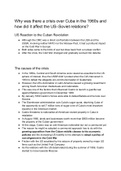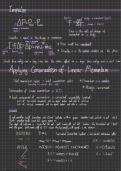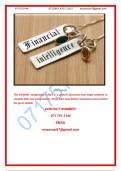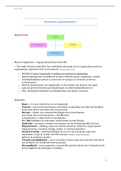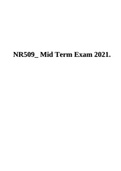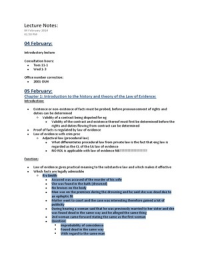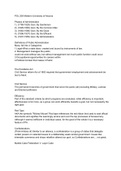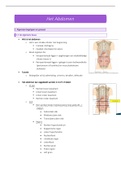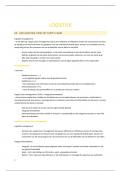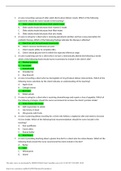Summary
Summary The Cold War: the Cuban Missile Crisis
- Course
- Institution
The second part of the CIE 9489 A-Level history syllabus summarised. Why was there a crisis over Cuba in the 1960s and how did it affect the US–Soviet relations? This summary covers the Cuban Missile Crisis and how it affected the Cold War tensions and how eventually it led to a period of deten...
[Show more]
